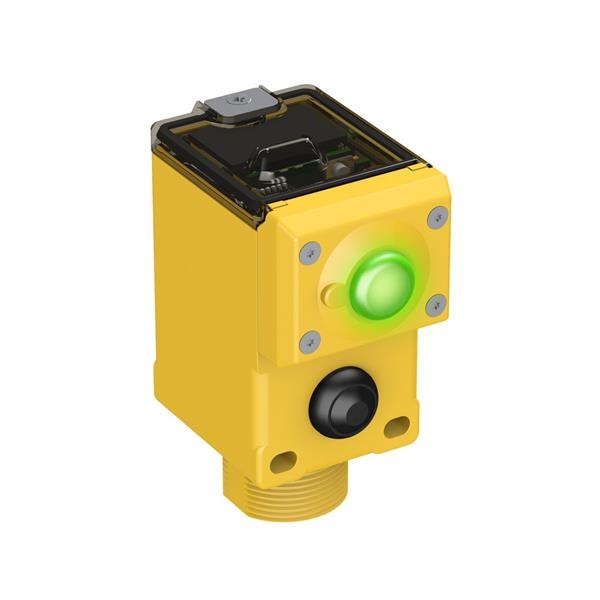Q45BL Series, Pushbutton Switches
Results:
2
Filters
Applied Filters:
Q45BL
About Pushbutton Switches
Pushbutton switches are mechanical devices that enable the making or breaking of electrical connections through the actuation of electrical contacts or solid-state circuitry. These switches are designed to be operated by human or mechanical interaction, typically by pressing a button.
When a pushbutton switch is actuated, it either closes or opens the electrical contacts or solid-state circuitry, thereby establishing or interrupting the flow of electrical current. This action allows for the control and operation of various electrical devices or systems.
To select the appropriate pushbutton switch, several factors must be considered. These include the mounting type, switching type, contact configuration, function, color, and current and voltage ratings.
The mounting type refers to how the switch is physically installed or mounted in a device or system. Common mounting options include panel mount, surface mount, and PCB mount.
Switching types determine the behavior of the electrical contacts when the switch is actuated. These can include momentary switches that only maintain contact as long as the button is pressed, or latching switches that remain in their last position until manually toggled.
Contact configuration refers to the number and arrangement of electrical contacts within the switch. This can include single-pole single-throw (SPST) switches with one contact, double-pole single-throw (DPST) switches with two contacts, and more complex configurations.
Function describes the purpose or specific operation of the switch. This can range from simple on/off functions to more specialized functions such as momentary or alternate action.
Color selection is often important for visual identification and differentiation of switches within a system. Various colors may be used to indicate different functions or statuses.
Current and voltage ratings indicate the maximum electrical current and voltage levels that the switch can handle safely and effectively.
Some pushbutton switches also feature built-in illumination, which provides visual feedback or enhances visibility in low-light environments. Illumination options may include LED indicators or backlighting.
In conclusion, pushbutton switches are mechanical devices that allow for the making or breaking of electrical connections. They are selected based on factors such as mounting type, switching type, contact configuration, function, color, and current and voltage ratings. Some switches also offer built-in illumination for enhanced visibility or visual feedback.


